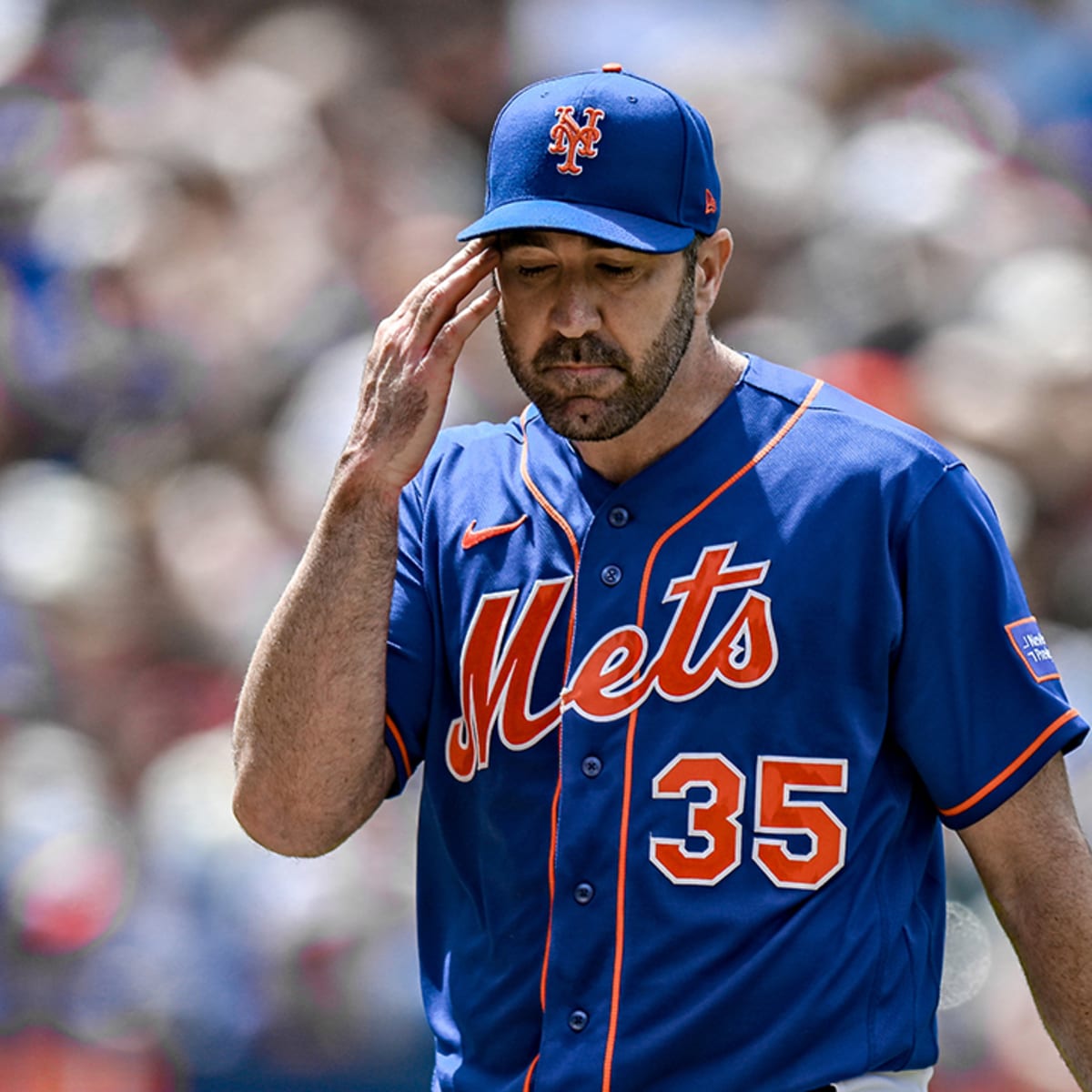The most expensive MLB franchise in history has turned into a seller. The trade that sent David Robertson to the NL East opponent Miami Marlins was followed by the equally move that sent Max Scherzer to the American League West rival Texas Rangers. It’s that the Mets have decided to cancel the season and that they’ll have to write down more than $35 million in losses.

The Yankees are using owner Steve Cohen’s cash wisely by calling it quits on the season, as they are seven games shy of a wild-card place entering Sunday with a 49-55 record. They received Luisangel Acuna (Ronald’s younger brother), one of the game’s top 50 , for paying off a large portion of Scherzer’s contract. They essentially paid for a premium .
So, the next question is: what? Mark Canha, Tommy Pham, and Justin Verlander are just a few of the Mets’ many available trade pieces. There is no longer any justification for not entertaining bids for Verlander. It will be tough to replace him and Scherzer in next year’s rotation, but with Cohen’s money, it can be done. It doesn’t hurt to look, after all.
The market currently favors sellers. Both the New York Mets and the Chicago White Sox performed very well in their trades, particularly for Robertson and Scherzer. At this deadline, you can make a killing if you’re prepared to sell away even average starting pitching. The Mets want to invest in their minor league system so that they may eventually reduce their payroll from $360 million annually. The time is right for it now.
As The Athletic points out, the Mets save money on their competitive balance tax obligation despite eating more than $35 million to make the Scherzer deal possible. The Mets might save money and acquire new talent by dealing Verlander. Scherzer was just the latest victim. They need to find out if Verlander is capable of doing it again.
Verlander, who is already 40 years old and has been better this season than Scherzer, is still owed about $15 million for the rest of this season, $43.3 million for next season, and has a $35 million conditional player option for 2025. The player option is conditional on him staying healthy and playing 2024 innings. Putting the funds to use would be difficult, but not impossible.
Orioles, of Baltimore
/cdn.vox-cdn.com/uploads/chorus_asset/file/10582921/DZ5lVn9W4AEYQE_.png)
The Orioles are now in first place and have a good chance to not only win the AL East, but also earn a first-round bye in the Wild Card Series. Tyler Wells had his third consecutive poor start on Saturday, and the rest of the rookie starters are closing in on their previous career high in innings pitched. In all likelihood, Baltimore has more promising young outfielders than roster spots available. There’s no way they can keep everyone on the team. For a team that has graduated from the rebuild and into contention, it makes sense to turn one or two of them into Verlander, especially because the Mets will be covering a large portion of his contract.
Number Two, the Houston Astros
A few weeks into the season, Luis Garcia and Lance McCullers Jr. both had elbow surgery, terminating their seasons, and Cristian Javier has not been as productive as usual. There is a lot of history between these two, and the Astros could use another veteran starter for depth purposes. Verlander, like Scherzer, has a comprehensive no-trade provision and is in charge of the situation. He might be eager to go back to a familiar city and team if it means getting another shot at the World Series. The lack of a robust farming infrastructure in Houston may prove problematic down the line.
Reds of Cincinnati, Third
Should the Reds finally make a splash? They enter Sunday’s action trailing the NL Central leaders by only a half game and in need of a starting pitcher for the remainder of this season and beyond. One of the most significant upgrades a team might make at the deadline would be to trade for Verlander instead of Luke Weaver (6.80 ERA). The farm system in Cincinnati is stacked with talent, so the Reds have both the prospects and the motivation to make a trade. If the Reds offered to trade for Verlander, would he accept? Only Verlander can answer that question, so Reds GM Nick Krall should probably give him a call and find out.
In a tie for fourth place, the Los Angeles Dodgers

Lance Lynn is an ideal cromulent innings guy, and there are some grounds to hope for improved performance from him in the future if you squint. With Clayton Kershaw’s shoulder issues and Julio Urias’ less-than-Cy Young caliber season, the Dodgers could benefit from adding another starting pitcher. The Dodgers, like the Orioles, must be careful not to overwork their young starters. If by October they’re all out of gas, what good are they? Given their financial strength, it may be easier for Los Angeles to negotiate a Verlander trade with the Dodgers than with any other team.
Position 5: Tampa Bay Rays

Due to injuries, the Rays have been forced to use a bullpen game every fifth day in recent weeks, and they also need to monitor Taj Bradley’s playing time. I think the Rays will make a move at the deadline to acquire a starting pitcher, so why not go all out and get the reigning Cy Young winner and a true game-changer? The combination of Verlander and Shane McClanahan in October would be devastating. The Rays have the talent in the pipeline and the payroll flexibility to take on a big contract, as seen by their rumored offer to free agent Freddie Freeman last offseason.